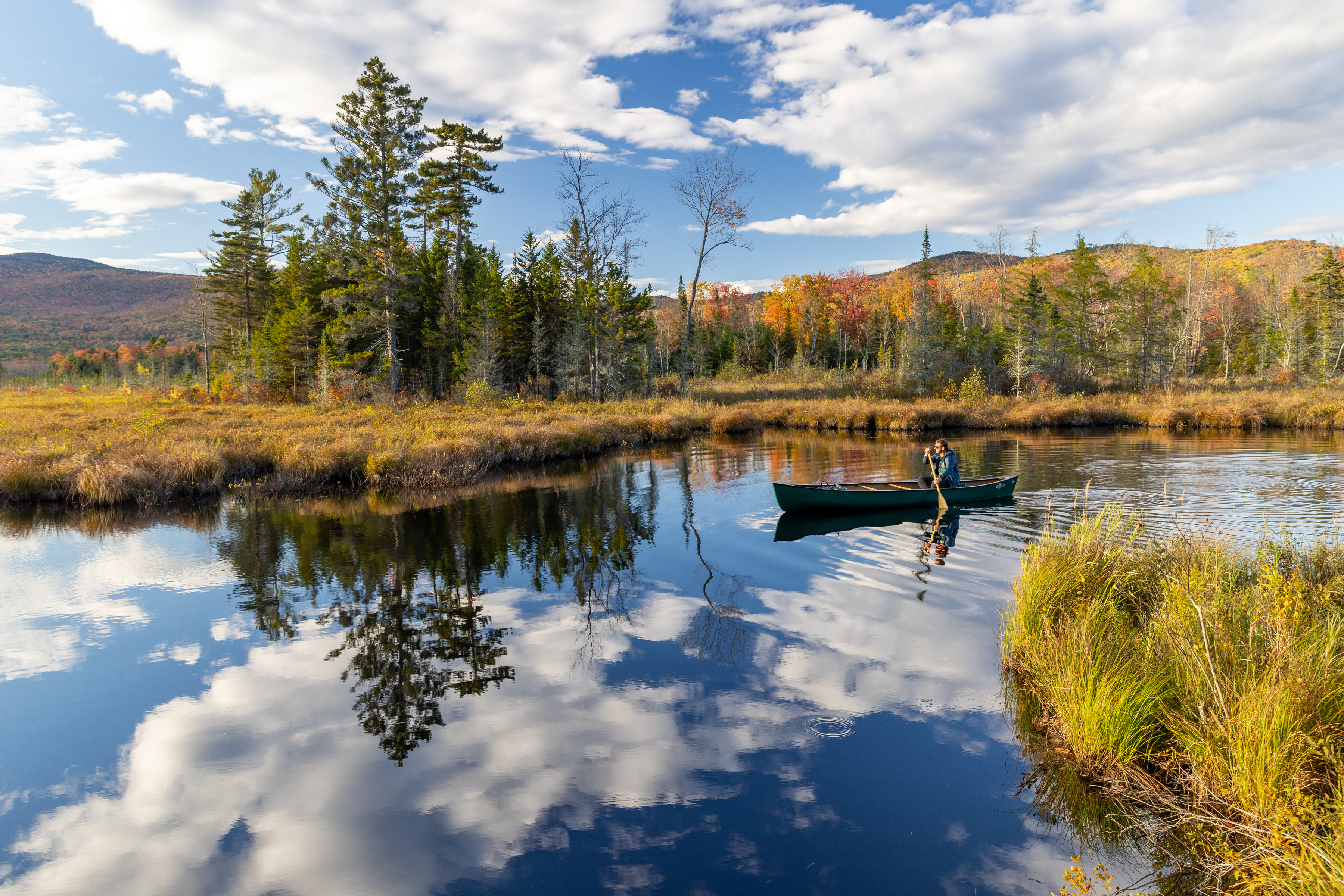Bird Migration along Merrimack River
- Tags:
- Wildlife
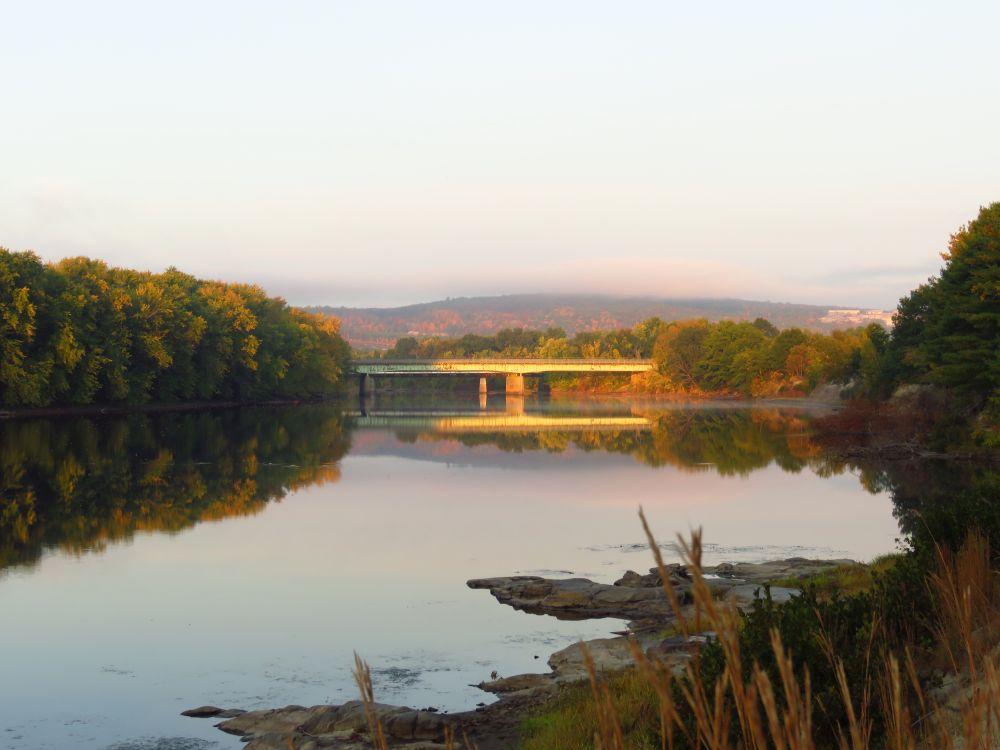
Merrimack River view west upstream in early morning light. (Photo: Ellen Kenny)
The late September "autumnal equinox" brings days and nights into balance and equal length — but not for long.
The beginning of autumn is a time when bird migrations peak as waves of warblers, then raptors — the hawks, falcons, eagles and ospreys — depart New England.
Warblers filter through forests seeking food, cover, and move by the millions at night. Watching a full moon can reveal flocks of the tropical migrants moving south on an epic journeys to the southern US and the Caribbean, and to Central and South America.
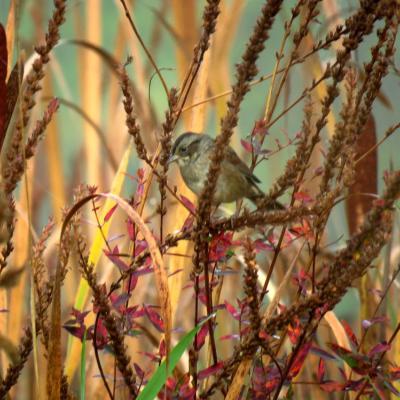
The hawk migration takes place during the day. Bright and warm sunny days with high-pressure systems generating NW winds banking against the Appalachian Mountains create a continuous lift and tailwinds. Warming farm fields in valleys generate lift as thermal air currents rise like an invisible elevator to lift woodland hawks high overhead into "kettles" where they soar and spiral southward in aggregations of hundreds and even thousands by the end of September and into early October.
October migrants include successive waves of sparrows: song sparrows, chipping sparrows, tree sparrows, white crowned sparrows, white throated sparrows, swamp sparrows, fox sparrows and more.
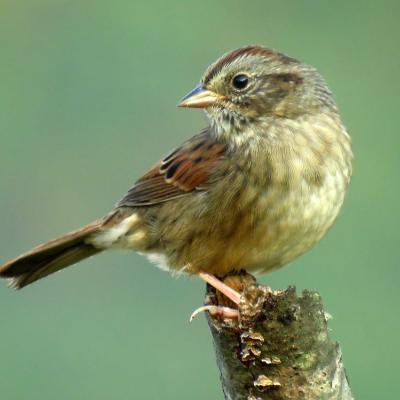
White throated sparrows are familiar in breeding plumage for striped head and their plaintive song sometimes characterized as "Oh Poor Sam Peabody- peabody- peabody." In Northern NH, some Franco-Americans are more apt to describe the song as "Oh Sweet Canada- Canada- Canada."
Either way, white throated sparrows provide THE early summer soundtrack across the higher slopes of the White Mountains. Along with Northern Juncos, these birds favor sub-alpine forests of birch, spruce and fir. Even at the summits of Monadnock, Sunapee and Kearsarge — all mountains in Southern and Central NH with a rich Forest Society history, song sparrows provide the annual soundtrack of summer.
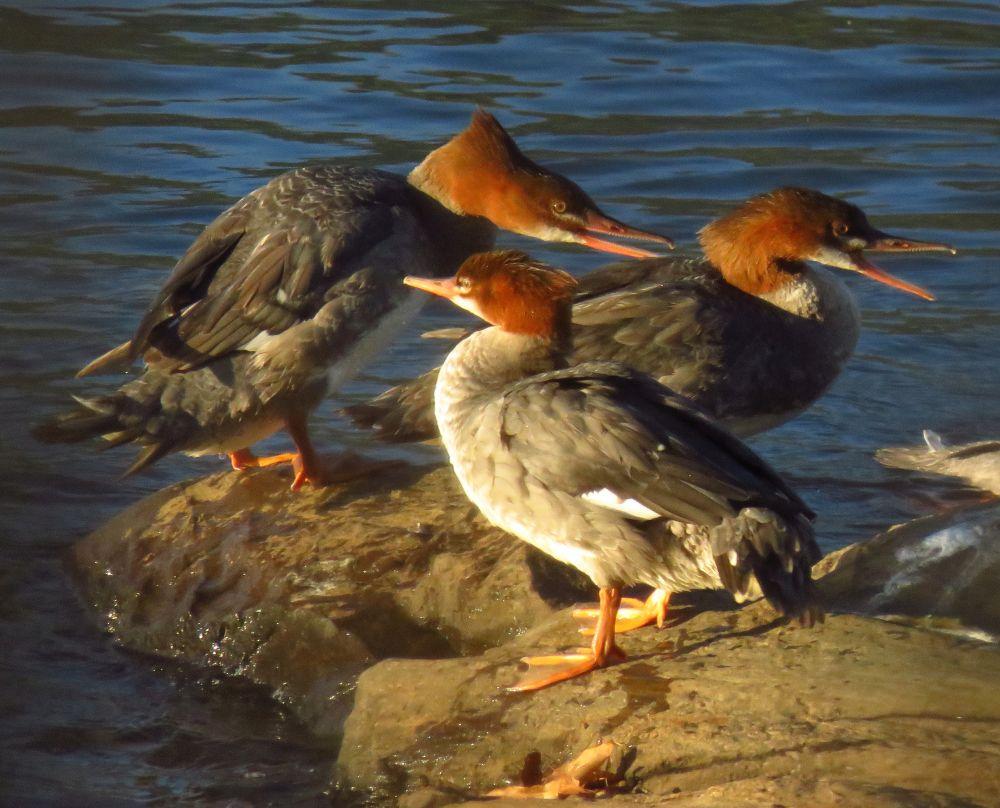
Along marshes, wooded swamps, river bottom farmlands, and open rivers, waterfowl aggregate. October is also the month of peak waterfowl migration. Forested swamps are likely to host "tree ducks" hooded mergansers and wood ducks — both are cavity nesters in April and May and can perch in trees. Open marshlands host surface-feeding ducks that dabble and tip up in shallow water: mallards and black ducks. Larger rivers and lakes receive occasional autumn visits by migrations of common goldeneye ducks or ring-necked ducks. Common mergansers are fish-eating diving ducks, which move from inland lakes following the Merrimack River flyway south.
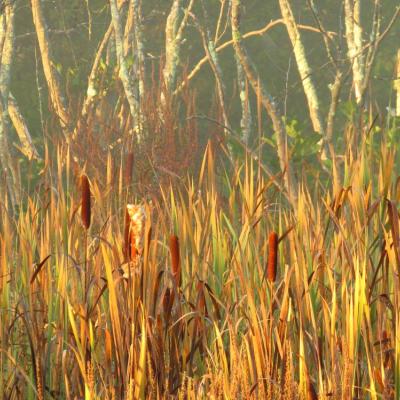
The rich variety of habitats with abundant food resources found along the tributary streams and marshy wetlands and forested swamps of the Merrimack River Floodplain are an excellent place to watch the autumn migration in September and October. Wave after wave of successive migrations bring weekly changes as birds arrive to rest, feed and shelter. Change is constant as birds continue to move along, winging their way along the Appalachian Mountains and the Atlantic Coastal Flyway to wintering areas in Coastal Regions, the Southern US or the Tropics.
Morning light is particularly beautiful as a lower angle sun rises later and sets earlier. Morning mist rises from the warmer waters into chilly autumn air that aggregates overnight in the lowland and river bottom areas. Fog collects at dawn and burns-off by mid-morning as birds rise and move-off southward. The autumn bird migration season is short-lived, ephemeral and beautiful.
